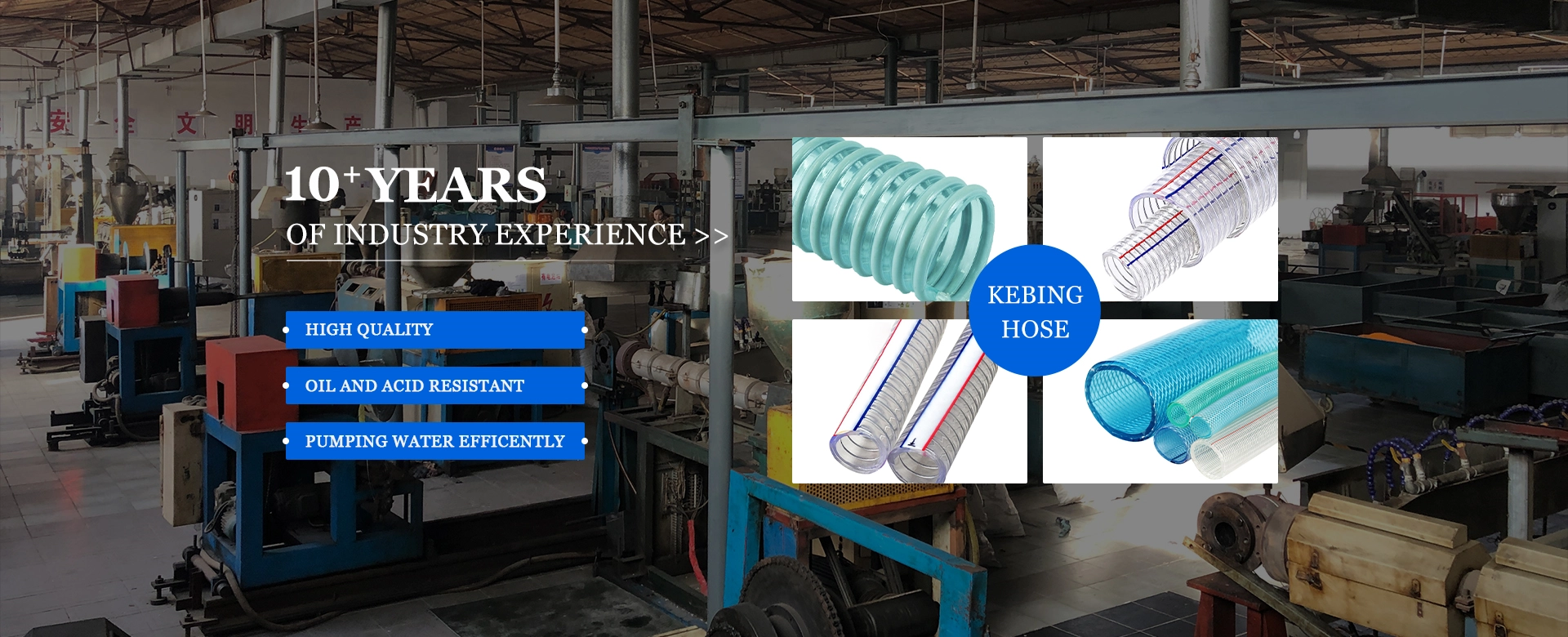LPG Gas Hose Options for Safe and Efficient Use in Cooking and Heating
Understanding LPG Gas Hose Safety, Quality, and Applications
Liquefied Petroleum Gas (LPG) is widely used as fuel for cooking, heating, and powering various appliances in homes and industries. A critical component of any LPG system is the LPG gas hose, designed to transport gas safely and efficiently from the storage tank to the appliance. In this article, we will explore the importance of LPG gas hoses, their features, specifications, and maintenance to ensure safety and reliability.
What is LPG Gas Hose?
LPG gas hoses are specially designed tubes that facilitate the flow of liquefied petroleum gas from one location to another. They are made from materials that can withstand the chemical properties of LPG, high pressures, and temperature variations. The most common materials used for LPG hoses are rubber, thermoplastic, and composite materials, each providing specific advantages in different applications.
Importance of Quality and Standards
Safety is paramount when working with LPG, and the quality of the gas hose is crucial in preventing leaks and potential disasters. International standards, such as those set by the American Society for Testing and Materials (ASTM), ensure that hoses meet stringent safety criteria. High-quality LPG hoses undergo rigorous testing for pressure, flexibility, and resistance to weather conditions and chemicals.
When purchasing LPG hoses, it is essential to check for certifications and compliance with relevant standards to avoid using substandard products that could lead to critical safety hazards. Look for markings that indicate the hose has passed safety tests and is suitable for use with LPG.
Applications of LPG Gas Hose
LPG gas hoses are used in various applications, including
1. Residential Cooking and Heating In homes, LPG hoses connect gas cylinders to stoves, ovens, and heaters, providing a convenient and efficient energy source for cooking and warmth.
2. Commercial Use Restaurants and food trucks often rely on LPG for cooking. Durable and flexible hoses are essential in these settings to withstand frequent movement and exposure to heat.
lpg gas hose

3. Industrial Applications Industries that use LPG for heating, cutting, or powering equipment require robust hoses designed to handle high pressures and volumes, ensuring safety and continuity of operations.
4. Agriculture Farmers use LPG for crop drying, heating greenhouses, and fueling equipment. The durability and reliability of LPG hoses are crucial for these applications.
Maintenance Tips for LPG Gas Hoses
To ensure the longevity and safe operation of LPG gas hoses, proper maintenance is essential
1. Regular Inspections Check hoses for signs of wear, damage, or cracks regularly. If any defects are found, replace the hose immediately.
2. Proper Storage When not in use, store hoses in a cool, dry place away from direct sunlight and extreme temperatures, which can degrade the material over time.
3. Avoid Kinks and Twists Handle hoses carefully to prevent kinks and twists that can restrict gas flow and weaken the hose.
4. Professional Installation Always have LPG hoses installed by a qualified professional to ensure they are securely connected and compliant with safety standards.
Conclusion
LPG gas hoses play a vital role in the safe and efficient use of liquefied petroleum gas in various applications. Understanding the importance of quality, adherence to safety standards, and the proper maintenance of these hoses can prevent accidents and ensure a reliable gas supply. Investing in high-quality LPG hoses and taking good care of them is essential for the safety and well-being of users and the environment.
-
Top Quality Oxy Acetylene Hoses for Sale Fit for Welding DemandsNewsJul.28,2025
-
The Future of Pneumatic Air Tubes in IndustryNewsJul.28,2025
-
Superior and Reliable LPG Hose Pipe Solutions for Every NeedNewsJul.28,2025
-
Exceptionally Durable and Versatile Premium Braided PVC TubingNewsJul.28,2025
-
Best Adapters for Connecting Garden Hose to PVC Pipe ConnectionsNewsJul.28,2025
-
The Essential Role of LPG Hoses in Safe and Efficient Gas DistributionNewsJul.16,2025














